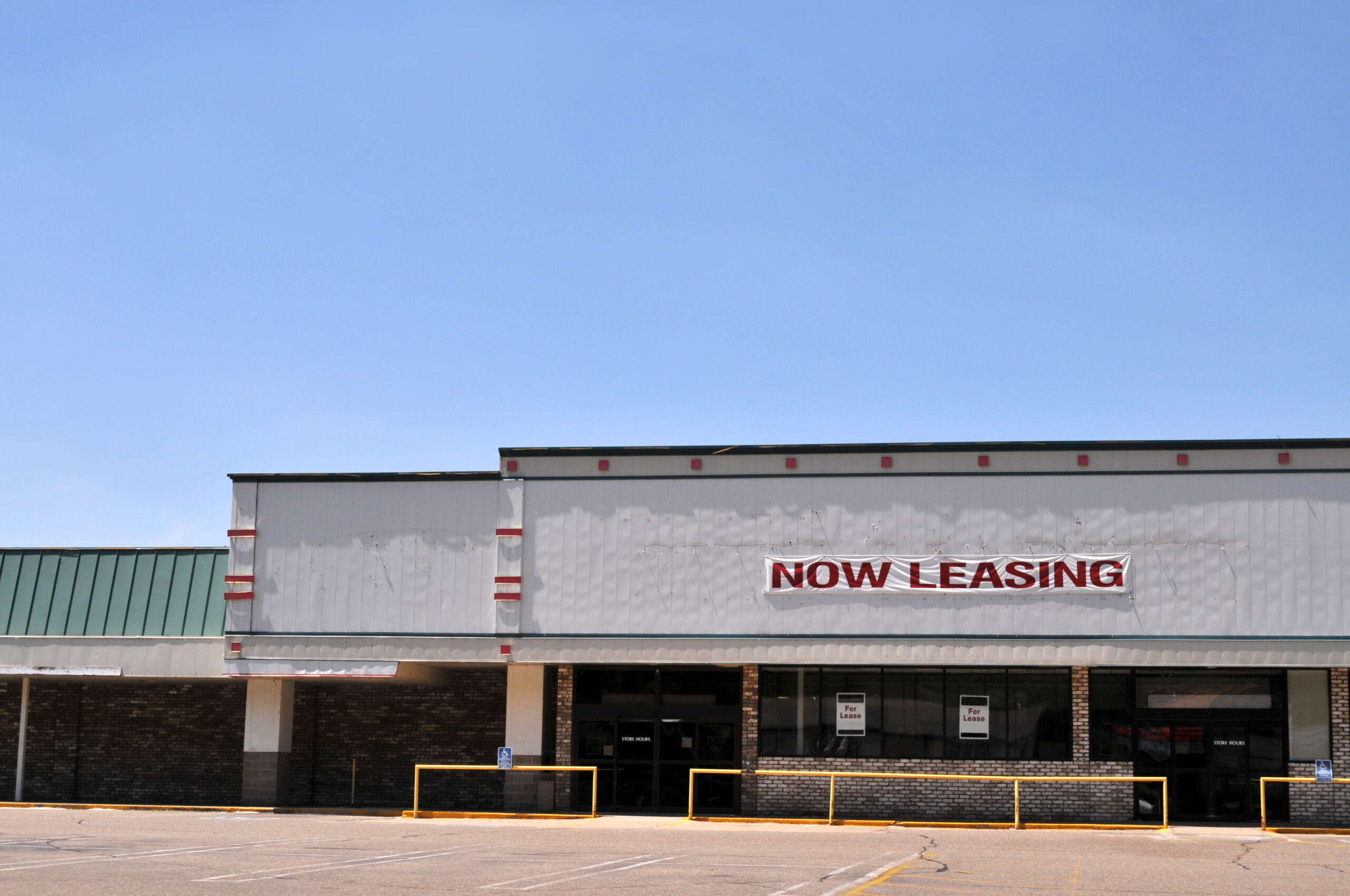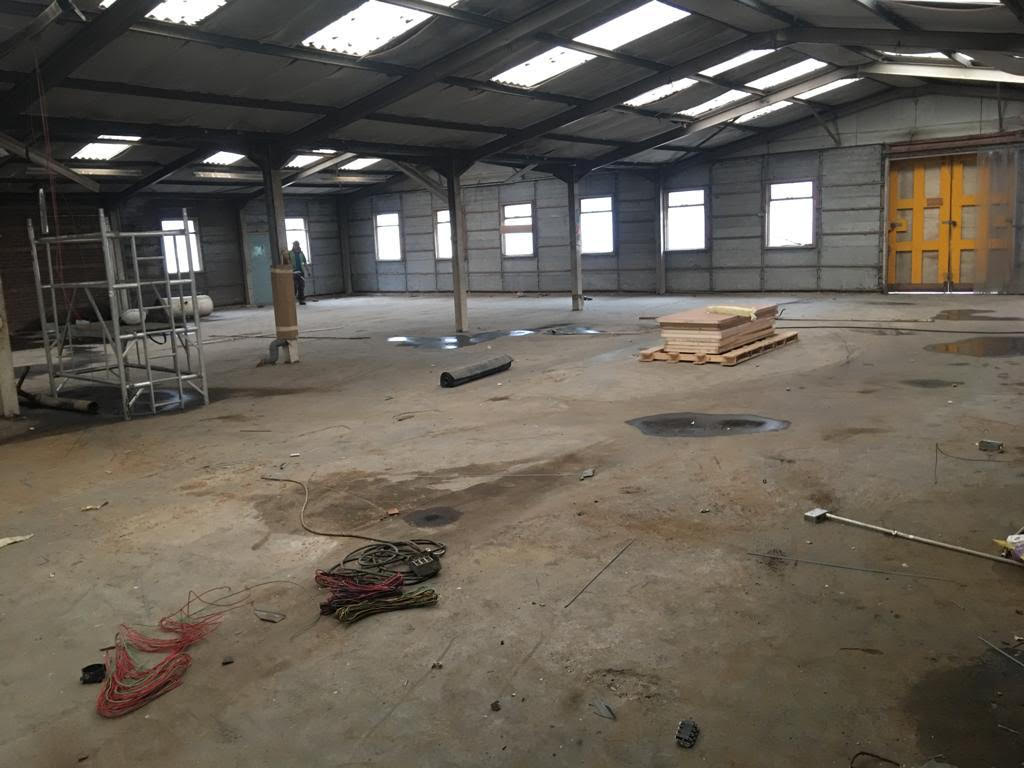Rarely do firms stay in the premises they’ve occupied since their inception. Demands and needs change and some firms grow and require more space within which to breathe, while others find that new technology equates to smaller premises and cost savings. A number, however, struggle and must cut their cloth accordingly.

But regardless of the reason, moving presents problems and cost, regardless of whether the premises are freehold or leasehold. Each has a different route out.
Differing options
Jessica Booz, a partner, and commercial property solicitor at VWV, says that options for a freeholder depends on what the owner wants to achieve. They can sell their property, lease it to another to produce an income while retaining ownership, or they could choose to take out a mortgage if finance needs to be raised.
But for a leaseholder, matters are more complex says Booz, with options of assignment, subletting and the utilisation of any break clauses that
are available.
Alternatively, she says: “It may be possible to talk with the landlord to negotiate a surrender of the whole or part of the property depending on the market at the time.”
However, as Nathan Hinks, an associate at Wright Hassall, explains, this may not be automatic. “A landlord may agree to an early surrender of a lease, but there is no obligation on them to do this – it will be in their gift,” he says.
The pandemic has forced some tenants to look to get out of their lease because they have struggled to maintain footfall and income due to lockdown measures. Break clauses may have provided them with a valuable escape route.
It’s interesting that not many realise that, as Booz highlights, in some leases either a landlord or tenant can end a lease before the end of the term. She says: “Break clauses can be a valuable asset for a tenant wanting to end their obligations early.”
It should be noted at this point that break clauses can be fixed or rolling. In describing both, Hinks says that “a fixed break clause is usually exercised on a fixed date during the lease term. In comparison, rolling break clauses are exercisable at any time during the term, upon sufficient notice”. That’s why tenants need to understand which they may have and how they operate.
Making the break
Break options are often subject to a number of conditions which must be complied with; if not, then a landlord can refuse to accept that the lease has come to an end.
As with anything legal, good advice is essential, says Booz. She adds: “This is because there are often long notice periods, sometimes six months or more, needed before a break option can be exercised; it is important that time periods are not missed.”
There is case law for the enforcement of conditions: Lord Hoffman in Mannai Investment Co Ltd v Eagle Star Life Assurance Co Ltd 1997 said that “…if the clause had said that the notice had to be on blue paper, it would have been no good serving a notice on a pink paper…”.
A common condition that Booz draws attention to is how to give up occupation. Here she says: “It is important that conditions are negotiated carefully; some conditions, such as a condition to provide ‘vacant possession’ can be difficult to comply with.”
Hinks explains more. He adds: “The requirement for vacant possession is considered an onerous obligation. It is much more commonplace now to see reference to a property being returned ‘free of a tenant’s occupation or continuing sub-leases’.”
Another requirement is for a tenant to be up to date with rent, and this, says Booz, “could also include interest on any historic late payments”.
Worryingly, she says that a landlord doesn’t have to confirm to a tenant whether they are up to date with rent etc; they could choose to
wait until after the time for exercising the break has passed before claiming that a break wasn’t validly exercised.
And then there’s the matter of dilapidation. This is also known as repairing covenants, which cover premises’ condition when handed back. Hinks explains that the end of the lease “usually acts as a trigger to review dilapidation issues since the tenant’s obligations to reinstate and yield up the premises become relevant”. He advises that once a break notice is served it is likely that the landlord will begin preparing a schedule
of dilapidations.
Lastly, for those moving to new premises, there’s a warning from Booz: “Make sure that the negotiations on them are completed well in advance to avoid having to move items into storage if the new premises are not ready.”
She also mentions that it is critically important to leave on or before the day of the vacation because staying longer can also invalidate
a break option.
There’s no break clause…
Break clauses are common, but not universal. They’re also not that frequent. However, Booz says that those in this situation could see if the lease allows a tenant to assign the whole of the lease to another. Alternatively, they may be able to sublet part or the whole.
In terms of assignment or subletting, Hinks says that landlord consent may be required “which can be subject to certain conditions being met which are usually contained in the lease”.
The advice to tenants, therefore, is to check for conditions that need to be complied with before assigning or subletting. And Booz gives an example: “A landlord will want to know that the new party occupying their premises is able to pay the rent and comply with the lease terms. This means you may have to provide accounts and/or references for the incoming tenant; the landlord may
be allowed to demand a guarantor or rent deposit from the new tenant.”
Thankfully, she says that in most cases, a landlord cannot unreasonably withhold or delay giving their consent. Instead, they must respond quickly and reasonably.
One last point from Booz. It makes sense to ensure that a sublease terminates a few days before the end of the main lease. As she puts it: “This ensures that the original tenant can give vacant possession to the landlord at the end of the lease to avoid the penalties that flow from not doing so.”
A negotiating tool
It’s logical for tenants to consider an upcoming break clause as a way to negotiate a better deal. However, Booz says that landlords are aware of this tactic and adds: “It is vital that any negotiations are concluded before the time for exercising the break expires because any leverage the tenant may have had expires at that point.” She’s seen landlords push negotiations out deliberately.
And a tenant wanting to negotiate needs to consider whether they really want to move. Again, Booz has seen landlords call a tenant’s bluff.
She explains: “Remember that once a break notice is served it cannot be withdrawn unilaterally and a tenant would then be in the position of having to negotiate a new lease with their landlord, potentially on worse terms than before.”
Summary
There are numerous ways of disposing of property. The common thread to all is that good legal advice is necessary for both those leaving and taking on premises; it’s very easy to act in haste and repent at leisure.
Case Study: EAG’s Moving Targets
Businessman Tony Bhogal acquired Excel Automotive, lately known as EAG in 2019.

As the firm was a warehouse distributor that specialised in steering and suspension products it complemented Bhogal’s other interests. However, the acquisition wasn’t clear cut; Bhogal had to relocate the business because, as he explains: “it was a division of another company which was continuing other operations in its existing premises.”
Fortunately, the premises he acquired was “ideally located for the motorway network and the main conurbations in the area; the property had been previously used as a joinery manufacturer so there was a completely different use from manufacturing to warehouse distribution.” The site had around 25,000 square feet of warehousing space and 3000 sq ft of office space.
Bhogal soon identified one disadvantage of the site – it had a low eaves height so a mezzanine floor could not be utilised as the product range grew. However, he felt that the location was ideal since it gave easy access to the M62, M1 and A1 for daily deliveries to customers within a 30-mile radius. Beyond that, as Bhogal comments, it “also gave us easy access to nearby towns and cities such as Bradford, Huddersfield, Wakefield, Halifax, Dewsbury, Batley, etc in addition to servicing Leeds where we are based”.
Further, the location not only allowed for local area deliveries but also, nearby motor factors only could collect directly if anything
was required urgently.
But once acquired, Bhogal soon ran into the problem of vandalism. He says: “A few days after we had completed and got the keys the property was broken into. Thieves took all the copper piping, cabling, and did significant damage. We had to rewire and replumb the whole building which was not something we had budgeted for.”
But it wasn’t all bad news says Bhogal: “We had new infrastructure with some of the latest features such as LED lighting and movement sensors. We also replaced the old gas-fired heating system.” He did have to consider security and says that a high-spec alarm system was installed, backed up by a monitored CCTV system.
As for the crime, although helpful, Bhogal says that the police were not able to assist because there was no evidence that they could
use. Unfortunately, claiming
off the insurance policy wasn’t an option either.
In terms of the purchase of the business, Bhogal and his team worked closely with the seller who packed the stock and give him packing sheets. His warehouse manager and team installed racking, set up bin locations, and placed stock in the correct place; stock information was then updated on EAG’s system.
But another important consideration was the phone system. Bhogal decided to go for a VOIP system through BT. However, he is unhappy with the support service, so plans to replace the entire system in the near future.
In finishing, Bhogal offers several tips to those thinking of premises.
“Location is important, and you need to consider accessibility not just for customers, but also for deliveries. We have good loading and unloading facilities. Also, it is important to consider services and phone lines, particularly as internet access is becoming critical for business.”
His last tip is common-sense: “Plan ahead so that you have space to expand. We did not think we would fill our warehouse space as quickly as we have.”











Go to comments